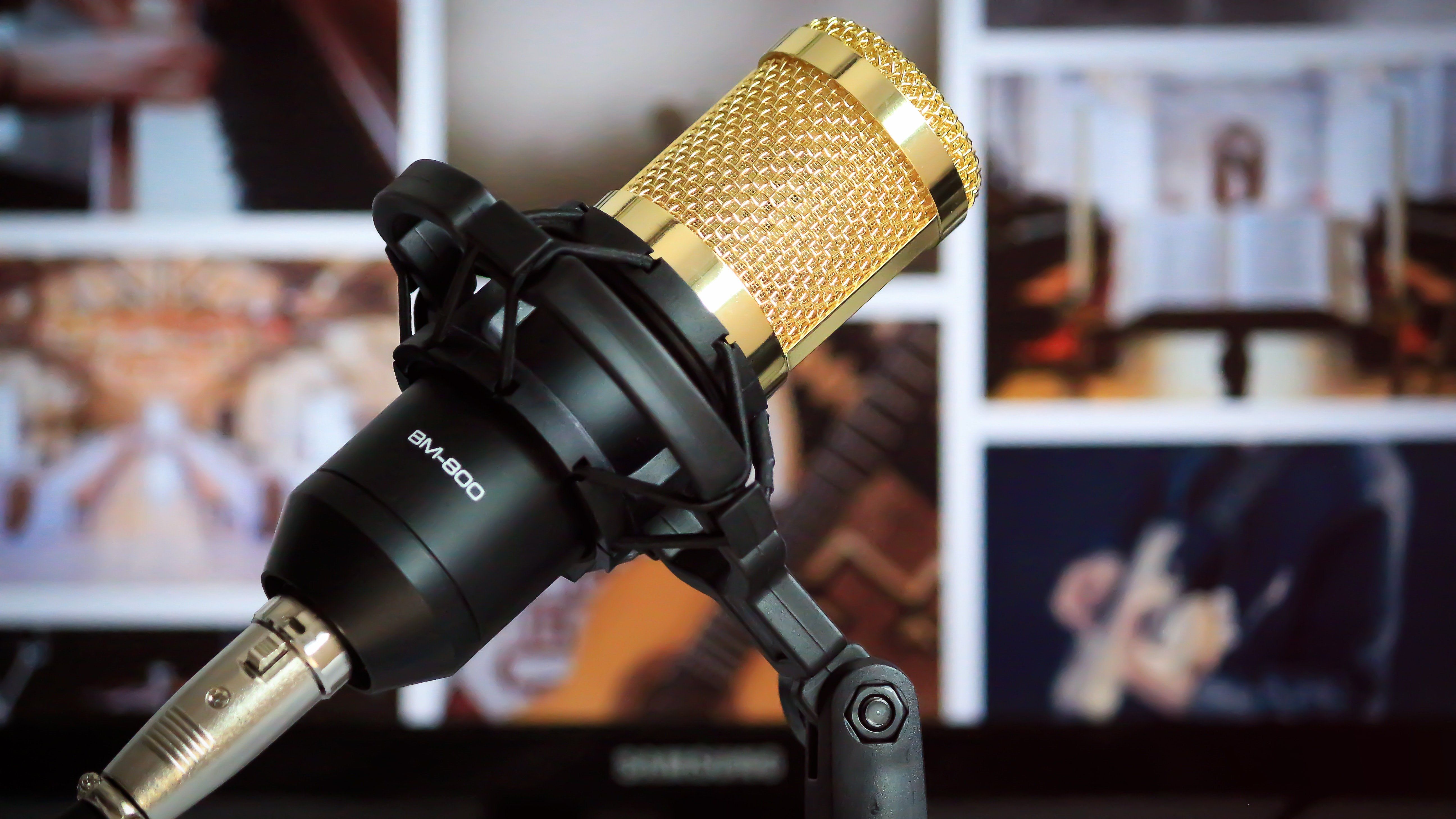The Pandemic Has Dealt A Blow To Gender Balance

Vector image is from freepik.com by @syarifahbrit
In early 2020, when news first broke of a mysterious virus circulating through China, INSEAD alumna Jolanda* found herself in “a perfect storm,” she says.
At the time, the senior HR leader was working for a multinational company that was divesting its Asian business. When it became clear that Covid-19 posed a serious threat to Asia’s economy, the company accelerated those plans, laying off 60 percent of its corporate employees – most of whom were women working in Asia, Jolanda says. She was one of them.
Soon after, the borders in Singapore – where Jolanda lived with her husband and eight-year-old daughter – closed, and schools transitioned to remote learning. The isolation took a toll on Jolanda’s daughter, who began suffering from sleepless nights, meltdowns and disordered eating. While addressing her daughter’s needs, Jolanda did her best to embark on a job search. But few companies were hiring. Meanwhile, Jolanda’s husband was consumed with a high-pressure job on the frontline of Covid-19, placing the weight of caregiving on her shoulders.
As the stressors mounted, Jolanda began questioning herself. “You feel like you’re a failure as a professional and a mother,” she recalls. “You think, ‘Really, what’s my value? What’s my worth?”
The norm, not exception
Jolanda’s story is one that has played out all too often during the Covid-19 pandemic. Indeed, it aligns with several key findings from our latest Alumni Impact Survey, which captured the opinions and experiences shared by more than 6,000 INSEAD alumni between February and April 2022.
Results from the survey show that during the pandemic, layoffs have impacted nearly twice as many women (5.3 percent) as men (3.6 percent), with women with caregiving responsibilities being the most affected by layoffs. Among alumni living with family members requiring care, 6.3 percent of women were laid off, compared to 3.3 percent of men. The survey also found that time spent by women on domestic labour increased more than that by men during the pandemic, regardless of age and employment status.
On the one hand, these results are not surprising. Gender disparity in the workplace is well documented, particular in terms of gender gaps in pay and leadership. Due to social norms, women continue to serve as the primary caregivers at home and perform the bulk of unpaid labour. These issues reinforce the systemic web of challenges that continue to hold women back in business and society.
On the other hand, these results are surprising when you consider the population that it reflects: INSEAD alumni, a relatively privileged group of highly educated, highly intelligent and highly successful professionals. These results also challenge the theory that layoff and resignation disparities are due to differences in the types of work men and women do, given that our female and male MBA are equally qualified.
The takeaway? Not only has progress towards gender parity slipped during the pandemic, some organisations have reinforced inequities by laying off women with caregiving responsibilities. Moreover, it’s clear that INSEAD alumni are not immune to this problem.
You may also like this: Diversity and Inclusion Starts With Leaders
Recommendations for leaders
The good news is, global business leaders – namely, INSEAD alumni – have the power and influence to reverse the tide on gender balance. Here are five ways leaders can take small steps toward achieving gender parity.
1. Pay attention
Blind spots happen when a busy executive doesn’t pay attention to the dynamics, causes or consequences of gender inequality. For that reason, leaders must carve out time and space for learning, reflection and engagement on issues of gender balance. During 21 to 23 September, for example, INSEAD’s Dean Ilian Mihov attended the UN HeForShe in New York City, a sign of our school’s continuing commitment as a HeforShe Alliance member in driving specific outcomes in gender balance by 2023. Talking at the event, Dean Mihov reaffirmed the importance of global initiatives such as HeForShe in helping to ensure continued awareness of these ongoing issues.
2. Perform equity audits
Regularly auditing gender equity, focussing on pay and representation, is essential. The time to do this is now. In particular, businesses should scrutinise the profiles of the highest paid employees and consider the numeric representation of women across different levels of seniority. These data can help build a strong case for reprioritising diversity, equity and inclusion (DEI) efforts that may have moved to the backburner during the pandemic.
3. Question norms and practices
It would be wise for CEOs, especially male ones, to critically evaluate how their organisation operates and behaves with respect to gender balance. Key questions to ask include: How does my organisation treat people with caregiving responsibilities? Does our culture accept employees who have lives beyond work? What safeguards are in place to support working parents?
4. Guard against women getting fired or “opting out”
As our research indicates, leadership development does not protect women from getting laid off or pushed out of the workplace. We need male and female leaders involved in these decisions to guard against these outcomes. In part, this involves actively working against unconscious biases that can creep in during hiring and firing processes.
5. Create equity contracts
As my colleague Jennifer Petriglieri wrote in her book Couples That Work, dual-career couples should create an equity contract that addresses three important issues: values (What matters most to you?), boundaries (What would you never want to do?) and fears (as opposed to phobias). Discussing these issues openly helps couples set boundaries and achieve a more equitable balance of parenting and career.
Putting experience to work
Good news about Jolanda: After plugging forward with her job search, she landed on her feet with not one, but three job offers. Today, she leads DEI efforts for an organisation whose workforce is mostly women – a role that has further increased her awareness of gender balance, among other DEI issues.
Women “carried the Covid-19 crisis on their backs and still have not fully come back personally or professionally to pre-pandemic levels,” Jolanda says. “In that sense, the gender agenda has regressed.” To chip away at this problem, she is focused on addressing inequity at the systemic and structural level, pushing for frameworks that keep decisionmakers accountable.
“So, when layoffs were considered, did we ask: What DEI lens was used and applied? What representation mix did you look at? Was it cultural? Was it men versus women? Was it senior level versus junior level? For any framework to work fairly, it must have an element of equity built in.”
She continues, “If we don’t address structural inequity, it will continue to perpetuate. It’s always the people with the least power, the least inclusion and the least decision-making who will suffer the most.”
Jolanda’s advice to act against inequity resonates strongly. I personally encourage all leaders to consider their own current and potential reach of impact and engage with the tough questions that will enable us to improve our organisational and societal systems for the future.
Discover: Diversity, Equity and Inclusion - The Power Call
*Name has been changed to protect privacy.
This article was edited in collaboration with Rachel Farrell.
Edited by:
Nick Measures

This article is republished courtesy of INSEAD Knowledge. Copyright INSEAD 2022
Leadership
Tags: Women & Leadership
Zoe is an Associate Professor and the current Area Chair of Organisational Behaviour at INSEAD. She is also the Academic Director of INSEAD’s Gender Initiative. Her research focuses on Diversity, Equity, and Inclusion (DEI), how it connects with identities, and interventions to enable leveraging everyone's talent. The intersection of gender and culture emerges in her work, which investigates both common themes across national cultures and cultural variance. Her teaching and impact work aim to enable global leaders to build gender balance, be anti-racist, and nurture inclusion and belonging. Zoe publishes in leading peer reviewed academic journals: Journal of Applied Psychology, Psychological Science, Organizational Behavior and Human Decision Processes, and more. Premier media outlets, including Bloomberg Businessweek, The Case Centre, Forbes, Harvard Business Publishing, Harvard Business Review, Huffington Post, INSEAD Knowledge, the New York Times, Programme Eve, and South China Morning Post, also feature her work.





